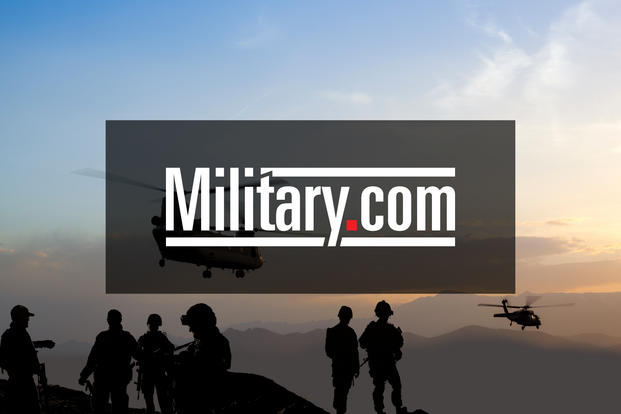Lawmakers grilled security officials Tuesday over their failure to defend the U.S. Capitol from a mob of insurrectionists Jan. 6, also asking why National Guard troops didn't respond for hours.
"I was surprised at the reluctance to immediately send the National Guard to the Capitol grounds," Robert J. Contee III, acting chief for the Washington D.C. Metropolitan Police Department, told senators at a joint hearing on the attack.
Around 1 p.m. Jan. 6, explosive devices were found at the Republican and Democratic National Committee headquarters. At the same time, rioters supporting former President Donald Trump overwhelmed police at the Capitol and started to seize the building, attacking law enforcement with blunt weapons and chemicals. National Guard troops didn't arrive until after 5 p.m.
Read Next: 10th Mountain Division Leader Responds to Dangerous Army Shoot House Video: 'I Will Fix It'
It is unclear where the communication breakdown between law enforcement and the military started, or why troops were not armed and present at the Capitol ahead of the attack. Former Capitol Police Chief Steven Sund said he made multiple requests for military backup and those requests were either ignored or got lost in a web of bureaucracy.
Before deploying to the Capitol, about 300 soldiers and airmen, armed only with batons and not wearing body armor, were stationed at locations around Washington, D.C. Others, not armed with batons, were posted at Metro stations and assisted with traffic control.
Contee said that presence "was barely enough" to counter "a mob of thousands of American citizens launching an assault on the U.S. Capitol in an attempt to halt the counting of electoral ballots, an essential step in the peaceful transition of power."
While thousands of people attended a rally just prior to the Capitol attack, it is estimated that approximately 800 entered the building.
The police chief said that, during the attack, he participated in a 2:22 p.m. call with leaders from the National Guard, Capitol Police and the Department of the Army. He accused defense officials of dragging their feet on sending in troops because of the poor optics of deploying service members within the U.S.
"There was not an immediate 'yes' from the National Guard. The response was more asking about the plan. It was more focused on the optics, what this looks like with boots on the ground," Contee said. "I was stunned. I have officers who were out there fighting for their lives, and we were going through what seemed like an exercise to check the box."
Sund testified that Capitol Police are not equipped to combat a large assault without the support of the military or significant backup from other law enforcement agencies.
"No single civilian law enforcement agency -- and certainly not the USCP -- is trained and equipped to repel, without significant military or other law enforcement assistance, an insurrection of thousands of armed, violent and coordinated individuals focused on breaching a building at all costs," he told lawmakers.
Sund resigned the day after the siege, but told lawmakers the security failure wasn't the result of poor planning. Instead, he blamed poor intelligence and a lack of anticipation of the scope of violence.
"Without the intelligence to properly prepare, the USCP was significantly outnumbered and left to defend the Capitol against an extremely violent mob," he said. "The officers from the USCP and our partner agencies fought valiantly that day against tremendous odds."
At least 140 officers sustained injuries after engaging the mob in hand-to-hand combat. Capitol Police Officer Brian Sicknick, an Air National Guard veteran, died after engaging with the mob.
-- Steve Beynon can be reached at Steve.Beynon@military.com. Follow him on Twitter @StevenBeynon.
Related: National Guard Deployment to Secure DC Will Cost Nearly $500 Million













